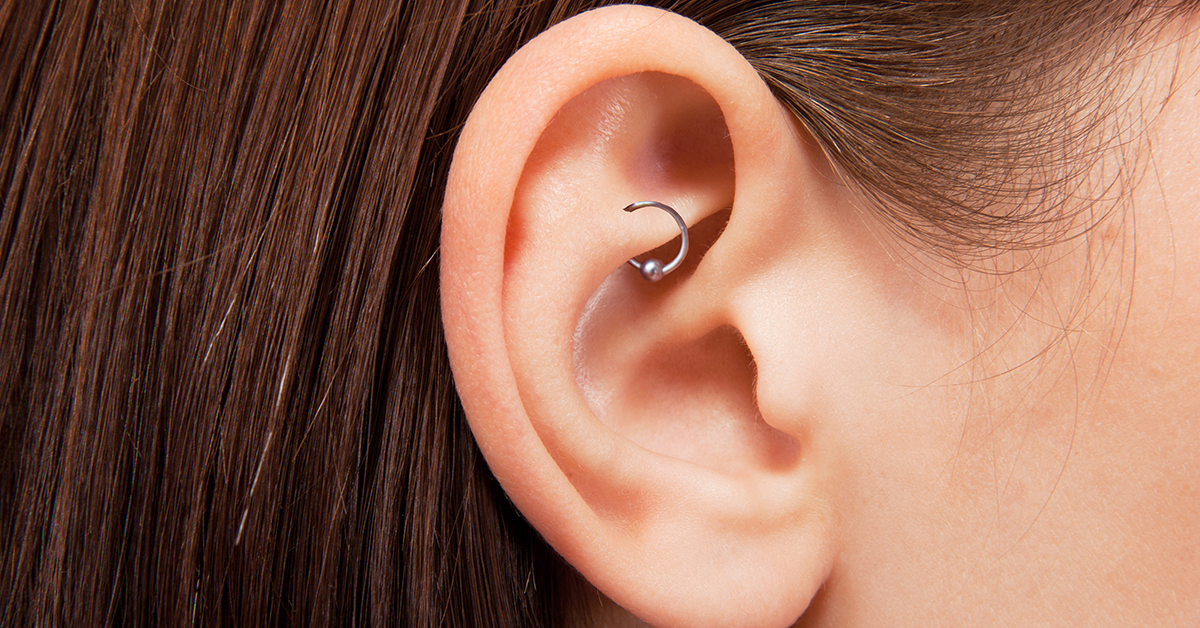
Getting Pierced? Watch Out For Keloids
Picture this: You get your ear pierced at highly respected place and adhere to all of the self-care directions you were given. Then, a month later, you notice a bump in the piercing area. The bump may be a symptom of keloids, which are overgrowths of scar tissue that result from trauma to your skin.
How Do Piercings Cause Keloids?
Even though getting a body piercing may not seem like a big deal to you, it is a major undertaking for your body. As your wound heals, new scar tissue begins to replace old skin tissue. Sometimes, your body produces an excessive amount of scar tissue, causing keloids. This extra tissue can spread from the original wound and create a bump that appears bigger than your original piercing.
Other common causes of keloids include severe acne, chicken pox, bug bites, tattoos, insect bites, and surgical scars. While keloids may appear on anyone, you are more likely to get them if you have darker skin, someone in your family has had keloids, or you are under 30 years old. So, how do you get rid of keloids? The truth is that keloids can be tough to get rid of and even when they are successfully removed, they often reappear.
Treating and Preventing Keloids
One way to remove a keloid is to have a doctor use a scalpel to surgically remove it. Injections can also help shrink your keloid and soften it. Cryotherapy to freeze the keloid, laser treatments, and retinoid creams may help as well.
In our opinion, the best way to treat keloids is to prevent them from appearing in the first place. You can do this by staying away from body piercings. This is a particularly smart move if you are at risk for keloids due to your skin color, age, and/or family history.
Also, if you do get a piercing and notice the skin around it start to thicken, remove your piercing right away and ask your doctor if you can wear a pressure earring. A pressure earring is designed to provide even pressure over your earlobes and can improve keloid symptoms.
In addition, if you have had keloids in the past and need surgery, inform your surgeon. They may be able to reduce your risk of them through special techniques. Last but not least, make it a priority to take great care of your new piercings by keeping the would clean at all times.



